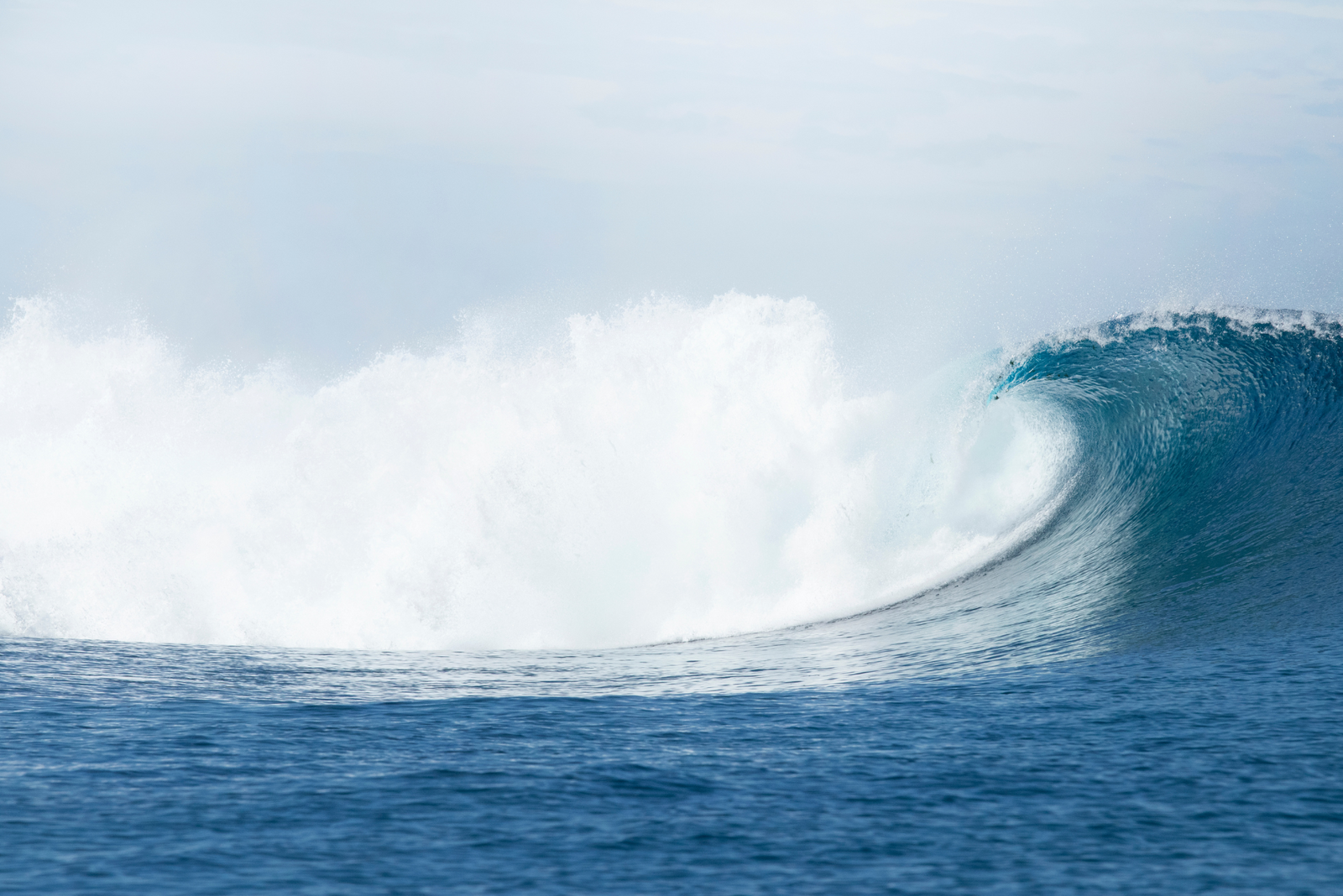Chart a Course for Savings! 15% Off with TAKE15
Chart a Course for Savings! 15% Off with TAKE15
Add description, images, menus and links to your mega menu
A column with no settings can be used as a spacer
Link to your collections, sales and even external links
Add up to five columns
Add description, images, menus and links to your mega menu
A column with no settings can be used as a spacer
Link to your collections, sales and even external links
Add up to five columns

How to Measure or Estimate Wave Height at Sea
by Bob Figular October 11, 2024
If you ask any experienced mariner about who’s in charge of a boat, you’ll likely get the same answer. It’s not the captain — it’s the water!
Large waves cause serious navigation, communication, and safety issues while boating. That’s why it’s crucial to watch the waves and understand how wave height affects your navigation.
Let’s start with the basics: How do you measure wave height? Here’s our simple guide.

How Do You Measure Wave Height?
We measure wave height as the distance between sea level and the wave’s crest. Calculating this onboard a boat is subjective and sometimes difficult, but several methods will give strong results with practice.
Height of Eye
With your boat in the trough of a wave and on a level, even keel, any wave that obscures the horizon is greater than the height of your eye. To gauge its height, you can also compare a wave to the deck edge or a structure, such as the handrail.
Always observe the wave face while bowing into it in the trough on an even keel. This is also the best method for judging the surf.
Comparison With Floating Structures or Vessels
This technique is most useful when observing wave height from land, but you can apply it while underway.
If you know that the distance from the waterline to the top of a buoy is 13 feet, you can use that information to determine the height of the waves passing it and the wave period.
Using a similar method, you can gain a fair estimate of the seas in which an underway vessel is operating. Observe the freeboard of the vessel and its motions on the water to make your estimation.
Comparison With a Fixed Structure
Observe waves as they pass a fixed structure — such as a breakwall, jetty, or pier — to make fairly accurate wave height estimates. This method can also help you determine the wave period.
Depth Sounder
Using a digital finder with a fast update speed can give you a very accurate wave height by comparing the depth in the trough with the depth at the crest on an even keel.

How Do You Practice Measuring Wave Height?
Each of these methods provides accurate and useful wave height measurements, but they require practice and experience.
Fine-tune your sense of wave height by comparing your observations to a local Weather Service buoy report. With enough practice, you’ll be able to measure wave heights simply by looking at the waves themselves.
Start Building Experience Today
Practicing onboard a boat is the best way to learn how to measure wave height. You can also learn by doing some good old-fashioned studying. Start a course today.
Leave a Comment
Comments will be approved before showing up.
